
How to get a REACH certificate?
What is the latest number of items on the REACH SVHC list?
As of June 27, 2024, the REACH SVHC list has added one more substance (31st batch), bringing the total to 241 items. The latest REACH 241 testing laboratories can now support generating reports!
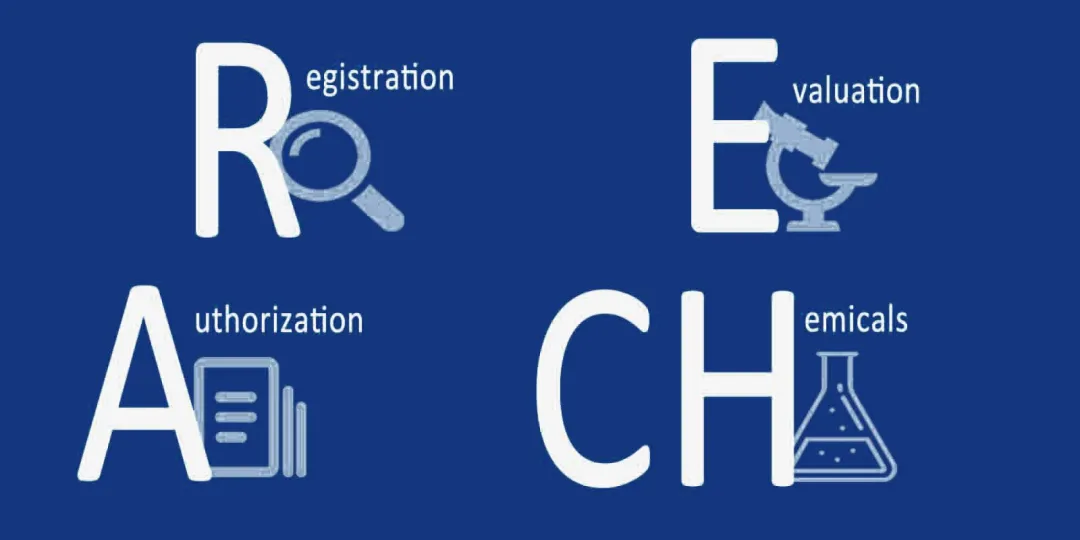
The substances on the REACH SVHC list are:
1. Substances that meet the classification criteria for carcinogenic, mutagenic, or toxic for reproduction (CMR) category 1 or 2;
2. Persistent, bioaccumulative, and toxic (PBT) substances; or
3. Very persistent and very bioaccumulative (vPvB) substances;
4. Substances for which there is evidence of similar concern, such as endocrine disruptors.
URL for the ECHA candidate list of substances of very high concern: https://echa.europa.eu/candidate-list-table
Note:
Being added to the SVHC list does not mean the substance is banned. However, if the substance is further added to the REACH authorization list, it cannot be placed on the EU market or used after a specified date unless an authorization is granted for its specific use, or the use is exempt from authorization.
From the SVHC candidate list to the authorization list:
As of December 2017, 43 substances from the SVHC candidate list were subsequently included in the authorization list. All substances in the authorization list are SVHCs.
What does the REACH SVHC list mean for you?
You should closely monitor updates to the SVHC list, as you may immediately assume legal obligations once a substance is included in the REACH SVHC list.
If your items contain substances on the SVHC list at a concentration above 0.1% (w/w), you need to fulfill the following obligations:
1. Duty to communicate SVHC information - Article 33 of REACH;
2. Notification to ECHA - Article 7(2) of REACH;
3. Additionally, you need to check if your product contains any substances on the REACH restricted substances list.
Article 33 - Duty to communicate information on substances in articles
EU producers or importers of articles containing substances on the SVHC list at a concentration above 0.1% (w/w) must provide sufficient information to their customers to allow safe use of the article containing the substance, or at a minimum, communicate the name of the substance upon request within 45 days.
Note that the term 'customer' refers to industrial or professional users and distributors, but not consumers. If special information is not required for the safe use of the article containing the substance, the name of the substance must still be communicated.
REACH certification does not specify the format for providing information under Article 33. ECHA’s guidelines list several possible formats:
1. Standard Q&A letter;
2. Instructions for use;
3. Information on the label;
4. Standard communication formats developed by industry associations.
Article 7(2) - Notification of substances in articles
Producers or importers of articles in the EU and EEA must notify ECHA if their articles contain substances on the SVHC list if the substance is present in those articles in quantities totaling over 1 ton per producer or importer per year, and the substance is present in those articles above a concentration of 0.1% (w/w).
Notification must be submitted within 6 months after inclusion;
Substances present in articles produced or imported before being listed on the SVHC list do not require notification. According to the latest ruling by the European Court of Justice (ECJ), the 0.1% threshold for notifying SVHC in articles applies to "each individual article as part of a complex product" rather than the whole article.
The obligation to notify substances in articles also applies to packaging materials, which should be assessed separately from any objects they contain.
SVHC notification exemptions:
1. The producer or importer of the article can exclude exposure to the substance for humans and the environment under normal or reasonably foreseeable conditions of use, including disposal; or
2. The substance has already been registered for that use by the manufacturer or importer.
What if my article does not contain substances on the REACH SVHC list?
You should check if any substances in your articles are subject to restrictions under the REACH regulation. If they are, you need to comply with the conditions of restrictions set out in REACH Annex XVII.
China JJR Laboratory provides product certification services and is an IEC 17025 accredited laboratory.
Main certification services:
Domestic 3C, SRRC, CTA, quality inspection reports, entrusted testing, EU CE, RoHS, REACH, US FCC, FDA, CPC, California 65, ETL, UL, Australia SAA, RCM, Japan and Korea telec, PSE, kc certification, and domestic system certification consulting.
Email:hello@jjrlab.com
Write your message here and send it to us
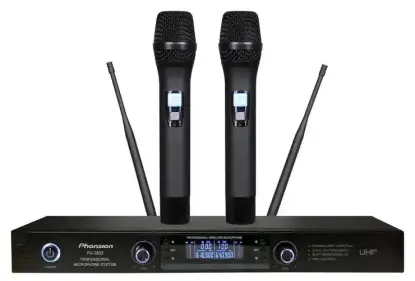 Wireless Microphone Export Certification
Wireless Microphone Export Certification
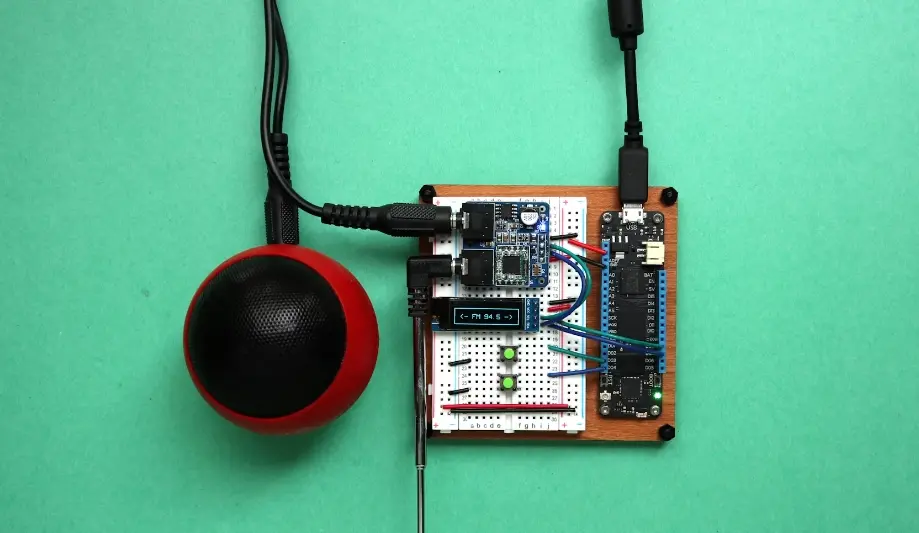 Audio-Visual Products SNI Certification in Indones
Audio-Visual Products SNI Certification in Indones
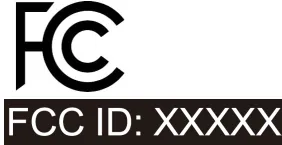 FCC-ID: Still Needed if Module is Certified?
FCC-ID: Still Needed if Module is Certified?
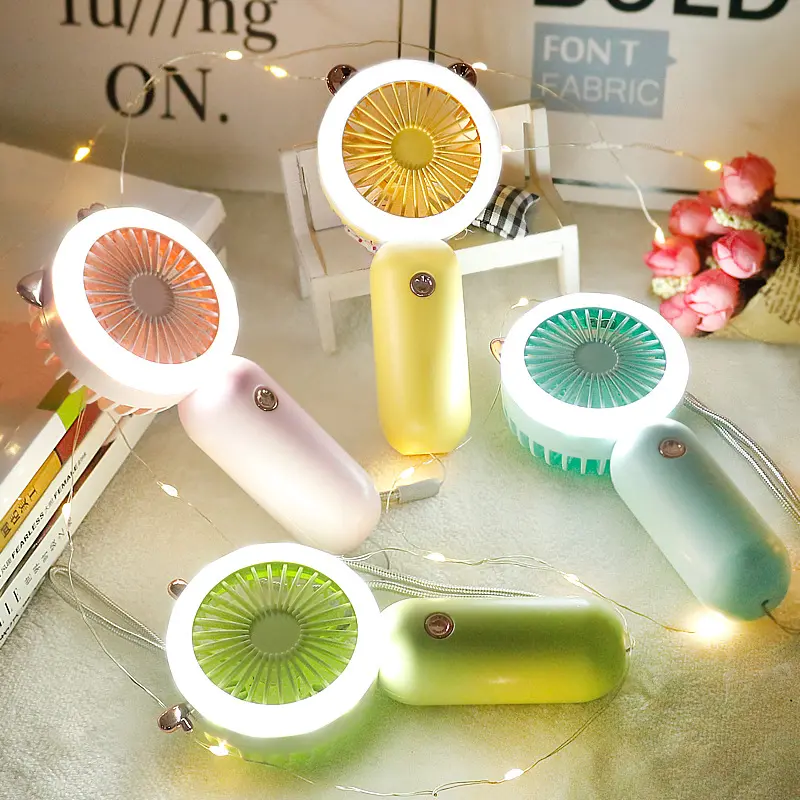 FCC Certification Fees for Handheld Fans
FCC Certification Fees for Handheld Fans
 FCC Certification Testing for Smart Lighting Produ
FCC Certification Testing for Smart Lighting Produ
 What is the ETSI EN 303 645 Testing Standard?
What is the ETSI EN 303 645 Testing Standard?
 UL Compliance and ETL Certification for LED Lighti
UL Compliance and ETL Certification for LED Lighti
 What is the IEC 60598 Standard?
What is the IEC 60598 Standard?
Leave us a message
24-hour online customer service at any time to respond, so that you worry!




